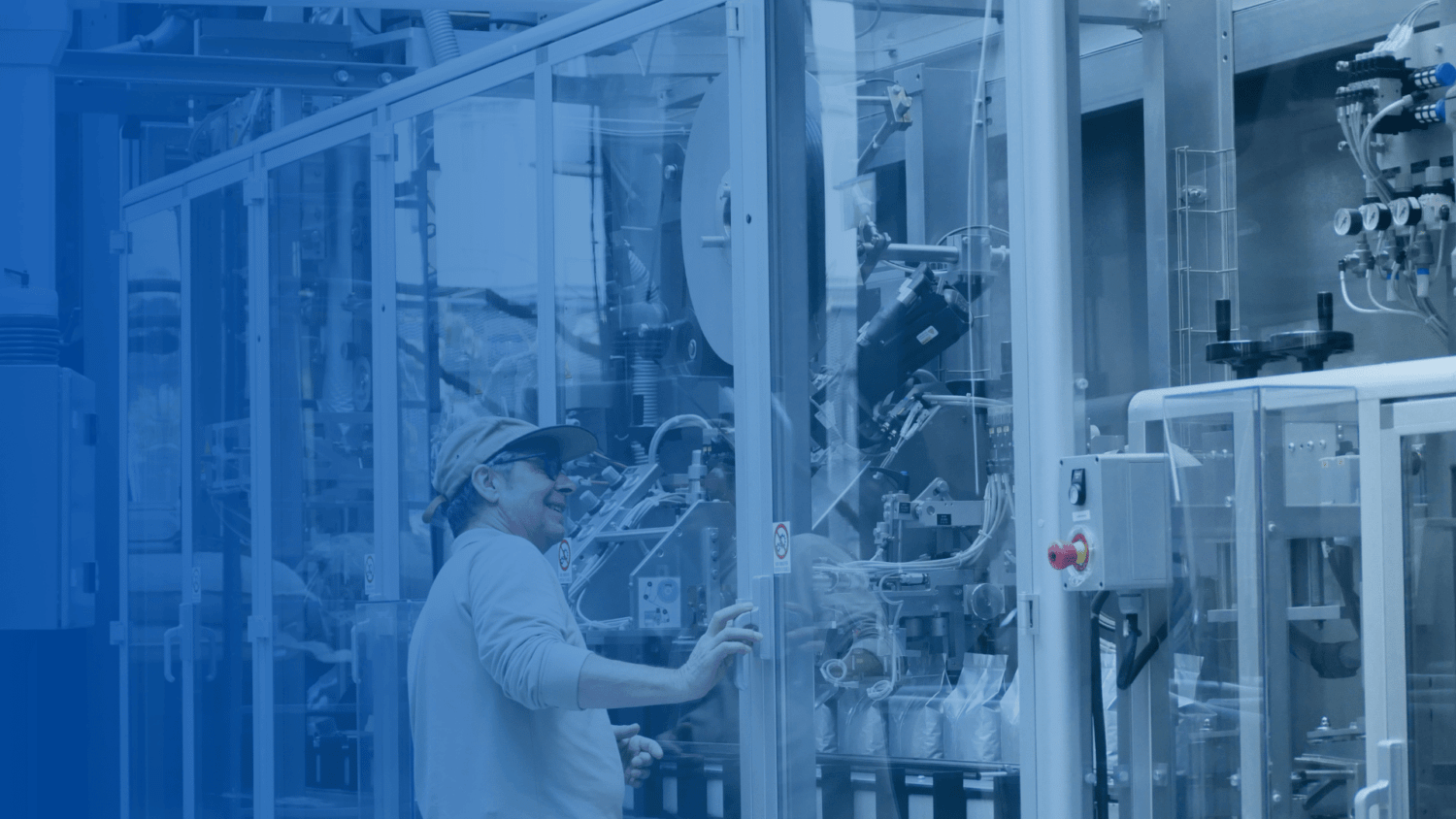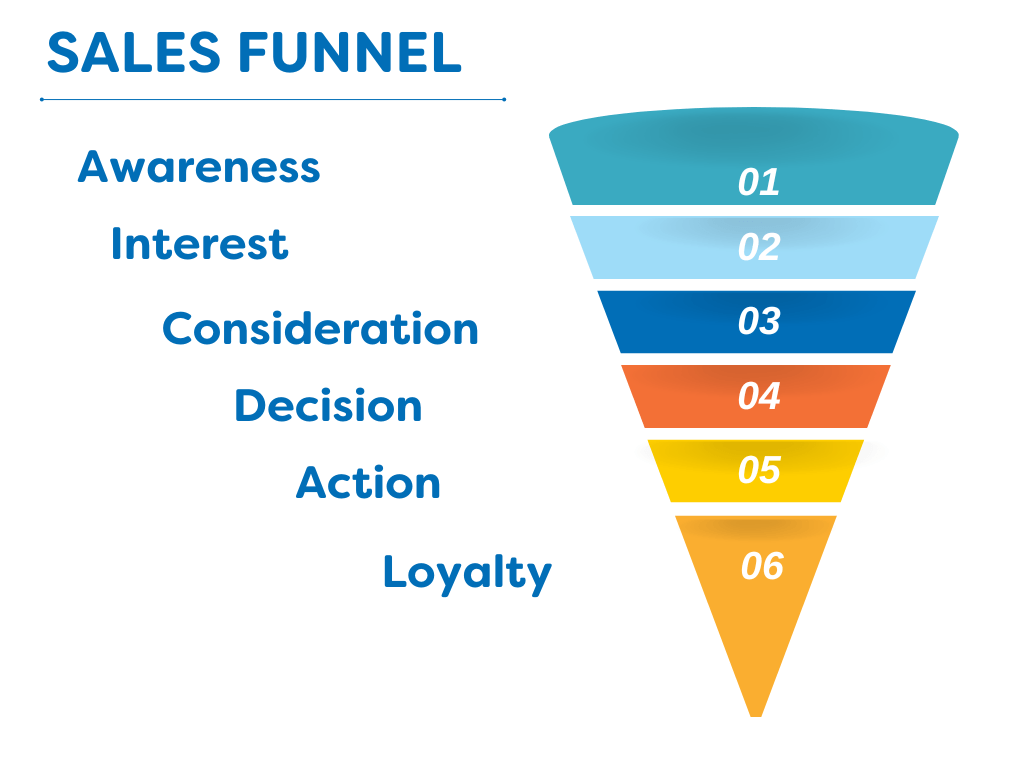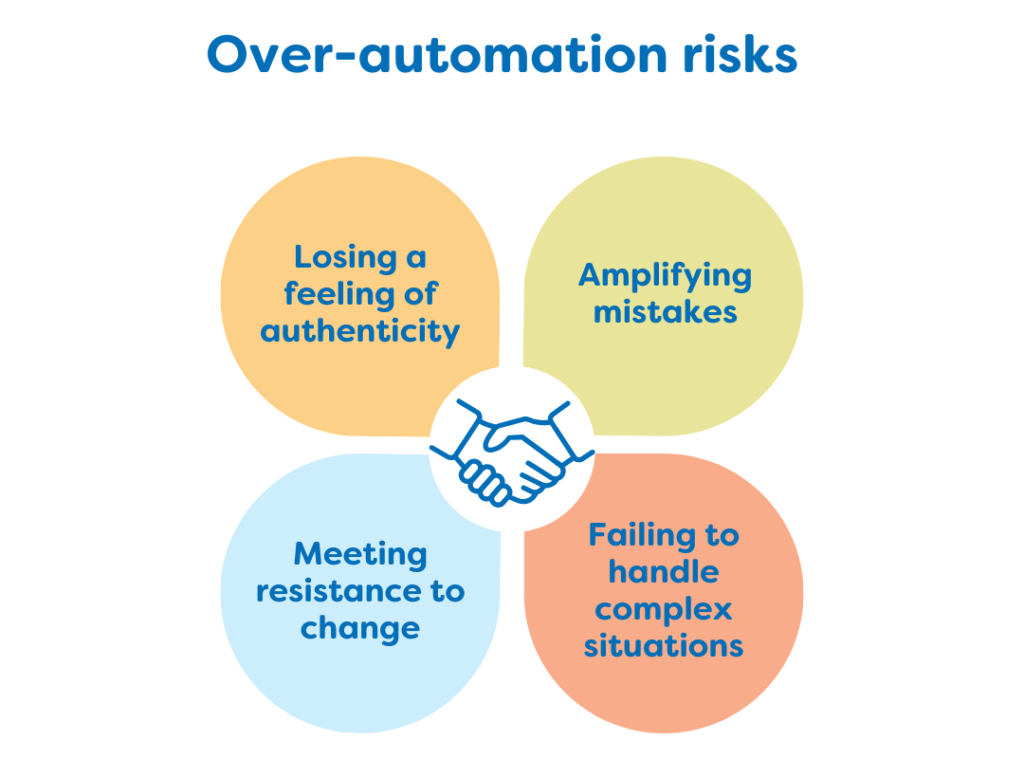
To boost your business and increase your profits, you need your sales reps available to work on crucial and skill-focused tasks as much as possible. When it comes to sales automation in 2025, a considerable number of businesses have made the leap to embracing this new digital direction.
In this article, we are going to look at why sales automation is so popular, what can be done with automation in your sales funnel, the tools which drive productivity and the all-important conversions, as well as the risks of over-automation and what you need to be on the lookout for so you can get your balance right.
Modern technology continues to develop and be refined to make tasks simpler, easier, and much more cost-effective, and sales automation in 2025 is really no different.
However, it also has the added bonus that for sales reps, it also means they have a wealth of in-depth and highly targeted information at their fingertips, are capable of producing personalised content with minimal time spent on research or development, and quite a bit more.
With the right tools and tech in place, sales reps can position themselves to:
Kixie say that digital channels are expected to account for 80% of all B2B sales engagement in 2025, and that 74% of sales professionals are expecting AI to redefine their roles, highlighting just how important modern tools and technologies are becoming – and why strategic automation is the way forward.
There are many moving parts in your business processes, and the different parts of your sales funnel need to be addressed correctly in order to ensure a comprehensive solution which actually aids your company and does not bog you down in unnecessary activities and expenses.
Generally, the sales funnel is split into:

Sales automation 2025 is capable of being applied to processes and structures in each part of the funnel and, when done correctly, will ensure a timely, cost-effective, and reliable backbone to support your team.
To help you better understand the automation available for your sales funnel, we will look at each part, and what it offers:
Awareness
Awareness is where you need to be standing out from the crowd, delivering high quality content on a regular and reliable basis, and showcasing your brand. Automation here is often focused on delivering your marketing, often through digital means such as social media, email campaigns, and personalised content suggestions.
In order to get the data you need, you have to have a good idea of who your customers are, what your demographic are interested in, and where you can find them. For this, tools such as AI and content management automation are crucial.
Interest
In this stage you may will most likely be looking at initial lead generation and capture. Automation here often involves the use of lead capture forms to gather contact information, social media automation (which should be integrated into your CRM in order to be operating at maximum efficiency), chatbots and virtual assistants, and the use of data analytics to gain an initial understanding of who your potential customers are, what channels and touchpoints they are engaging with, when they are doing this (both time and day), and what is resonating and repelling them.
Consideration
Here is where not only are your customers looking at whether or not you are a good fit, but you should also be lead scoring and segmenting to ensure they are going to be a good fit for you too.
Examples of automation here will look at analytics to track engagement, alerting tools that identify high-intent actions, and integration with a robust CRM and communication platforms to ensure your data is up-to-date.
Decision
This is a crucial part of the funnel, where your actions (or inaction) can determine whether or not a lead decides you are what they need.
Automation here often involves scheduling and follow-up reminders, hyper-personalised content and personalised offers, abandoned cart reminders (for eCommerce), and enhanced customer experience with chatbots and virtual assistants providing accurate and useful information.
Action
Once a lead decides to take action and is set to become a customer, you need to ensure they have the simplest, easiest, and most reliable route possible to completing their journey to this stage.
Automation at this point is often external (customer facing) and internal (business processes) in order to free up the time of the sales reps, so they can make the fullest and most efficient use of their skills.
Using the right strategic automated tools here can allow for appropriate calendar and meeting scheduling, appropriate reminders and relationship building, and providing accurate data relating to product availability and any potential shipping or delivery times.
Engagement and Loyalty
The final stage of the funnel comes after the lead has become a paying customer, and you are now looking at retaining them.
Here automation really shines, giving you the ability to program automated follow-ups, custom content, rewards and point tracking, VIP treatment with access to high value offers and content for appropriate customers, personalised website experiences and so much more.
Outside of the sales funnel, but supporting it at every single stage, automated data analytics should also be utilised so you can see exactly what is working, what needs improvement, and what needs a rethink.
Having access to this information in real-time or near real-time has been a game-changer for sales. Instead of having to wait for significant amounts of time (usually somewhere between a month to three), your managers and team leaders are able to compare data with historical information (such as regular promotional or seasonal periods), and gauge performance against competitors and current industry conditions.
The right automation allows you and your team to focus on doing profitable tasks and building your brand, rather than being bogged down in administrative tasks that, whilst necessary, take a lot of time and resources that could be better used.
Of course, just because all of this is available does not necessarily mean that it is relevant, useful, or even appropriate for your business. Your needs and the direction in which you are growing will play an enormous role in determining what is best.
TEB puts together strategic automation, robust third-party integration, and unique elements in customisable actions (such as granular Terms & Conditions) to ensure businesses, whether they are just starting out or expanding across the globe, have the ability to boost sales through business development.
In order for sales automation in 2025 to be successful and ready to push your business to greater heights in 2026 onwards, you need to have a robust digital infrastructure, business processes which support modern integrations, and of course – the right tools for the tasks.
The exact tools and structure you will need is going to largely depend on your business, but in general (and at a minimum) you ought to be looking at:
Having so many different tools can be costly and complex, especially if they are not designed to work together. Utilising an all-in-one solution, and a platform which actively allows for third-party integration is often far easier, more secure, and much better for your budget.
As with anything in business, you have to carefully consider your options and your actions – ideally before you undertake them.
Just because automation is available for just about everything, does not mean that it is either the right or smart decision to make to do it all.
Sales automation 2025 is being driven by careful choices, refined development, and companies who are taking the time to really understand not only their customers and company, but also their competitors and the wider industry niche surrounding them.
When it comes to over-automation, some of the potentially problematic risks that you could face might include:

Make your sales automation 2025 simple and successful, ready to lead you to greater opportunities, more customers, and bigger profits in 2026 and beyond.
Bringing TEB into your business will allow you to carefully balance your digital needs with your own company structure and strategies, and ensure you avoid the risks of unnecessary (and often costly) additional automation that does not bring you the right returns on investment.
TEB has been carefully structured to ensure maximum functionality with a simplified interface, and purposeful integrations for third-party applications, AI, and so much more.
When your sales team make use of TEB and our automation, amongst the many benefits you can expect:

There are so many reasons why TEB is the smart choice for your business, and as 2025 races towards Q4, you are going to need to be thinking ahead to 2026 and beyond.
Make the smart choice for your future and contact our team of experts today. We can arrange a demo, so you can see for yourself exactly what TEB will bring to your table.
Automation, AI, data-driven activities – these are all trends that are not going away any time soon, in fact they are becoming industry standard.
Give your company the competitive edge that will put you at your most profitable, make the choice to TEB into your full potential.